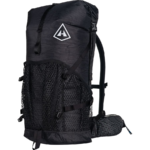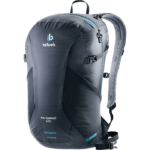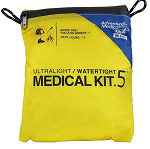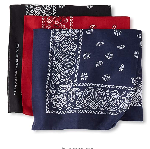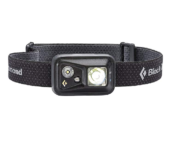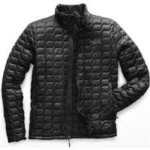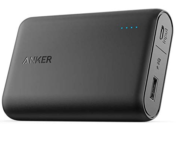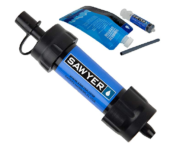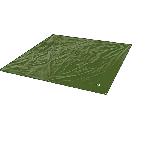What To Pack On Your Day Hike
The ultimate goal of any hiker is to pack the most essential items needed for a day hike. We are always trying to strike that perfect balance between necessities, comfort items, emergency extras, and pack weight. Trying to figure out what you should take and what you may need can be daunting. Over the last decade of hiking, I have revamped my kit several times over and in this post, I will share with you a few ideas of what and how much to pack
When packing for a day hike I always start out with the 3 T’s. Time – Terrain -Temperature
Time– I look at this in terms of miles I intend on traveling and how much time I will be spending out in the elements.
Terrain– It is essential to have a general understanding of the type of terrain you will be trekking. Is it steep, rocky, flat, muddy, or sandy? Are there be water crossings, boulders to traverse, trees to climb over, and will there be water sources available to me or not?
Temperature– This is obviously straight forward but can be easily overlooked. Make sure to do more than just check the physical temperature on the internet or your phone. Prepare for things you may experience on the trail, such as changes in your body temperature, high altitude, rain, thunder, lightning, snow, and winds. In my ” Ultimate Guide To Hiking The Grand Canyon” I talked about how the temperatures can vary as much as 20 degrees from the top to the bottom of the canyon. Also, the area can be prone to flash flooding, so it is imperative to prepare for the weather you may encounter.
Backpacks For day hikes a 25 liter, or less backpack is sufficient for most. If you are not an avid hiker, you don’t need to break the bank and buy a high-end backpack. A nice lightweight nylon pack will do. My go-to pack is my Hyperlight Mountain Gear 2400 Windrider. It is although it is a 50-liter pack, a 2 pounds 3oz, it weight less than most small day packs and it compresses down very small. I also like my Deuter Speedlight 20 and my sentimental jack wolfkin ACT trail 25. Just like with clothing, try to avoid if possible canvas, denim, denier fabrics. They are tough as hell and bombproof but just like jeans have no water repellant properties and add weight.
I then rank my hike in 3 different categories
Small hikes
If my hike will be on a well maintained, high trafficked trail and it is close to civilization, the hiking distance is 8 miles or less and or my total hiking time will be 4 hours or less. I pack the base items that go with me on every hike period:
Water ( 2 liters is good enough)
Small first aid kit
Snacks. ( protein bars, etc. Avoid things that can melt in heat like chocolate)
My trusty bandana that can be used as a sweat rag, a napkin, or a tourniquet
My headlamp.
Sunscreen and ChapStick
A light windbreaker if it is spring and summer and a lightweight fleece pullover or compression puffer jacket if it is winter.
I live in Southern California, so we don’t have to worry too much about changing weather patterns, but if I am in an area like Utah, Northern Arizona, or the Sierras, where the weather can change quickly, I will take a lightweight rain jacket instead of the windbreaker.
Medium hikes
A medium hike for me would be something over 10 miles or fewer miles with a more rugged terrain that includes bouldering or traversing and would take 6 to 8 hours of trekking time. In this case, I will carry all the same items as above but will add the following:
Small roll of duct tape in case my clothing or backpack gets ripped.
A pair of lightweight gloves in case I’m trekking through dense brush to protect me from cuts and or allergic reactions to plants.
A power bank to charge my phone since I will be using it as navigation.
Water filtration with me just in case. If no water sources are available, I will carry another half to a full liter of water plus, of course, a little extra food.
Long ” full-day” hikes
A full-day hike is anything that would be 10 miles plus, various terrain changes, and something I expect will take me 8 to 18 hours to complete. For this, I want to be prepared with some extra food and possibly water if there are no water stations or water sources available. In these cases, I only carry two additional items.
A lighter in case things go wrong and I need to build a fire.
A small tarp-like my tent footprint to use as a shelter, a makeshift blanket, or a sitting pad.
When I take long hikes like this, I usually stop once or twice and take a 20 to 30-minute nap. I love naps, they do wonders for recharging your mind and body, so I use the tarp to sleep on. If it starts pouring down rain, I can use it as a quick shelter or throw it over my body if I need a little more protection from the wind or need an extra layer. It’s a convenient item.
I am a stickler for weight and try to carry as little as possible but it is better to pack something you don’t need than to need something and not have it packed. The most important thing is to pack the survival items like water and food then work from there. After each hike take an inventory of the items you used and didn’t use. After 3 to 4 hikes if there is an item you haven’t used consider removing that item. This doesn’t count first aid, always take that with you and hope you never use it.

